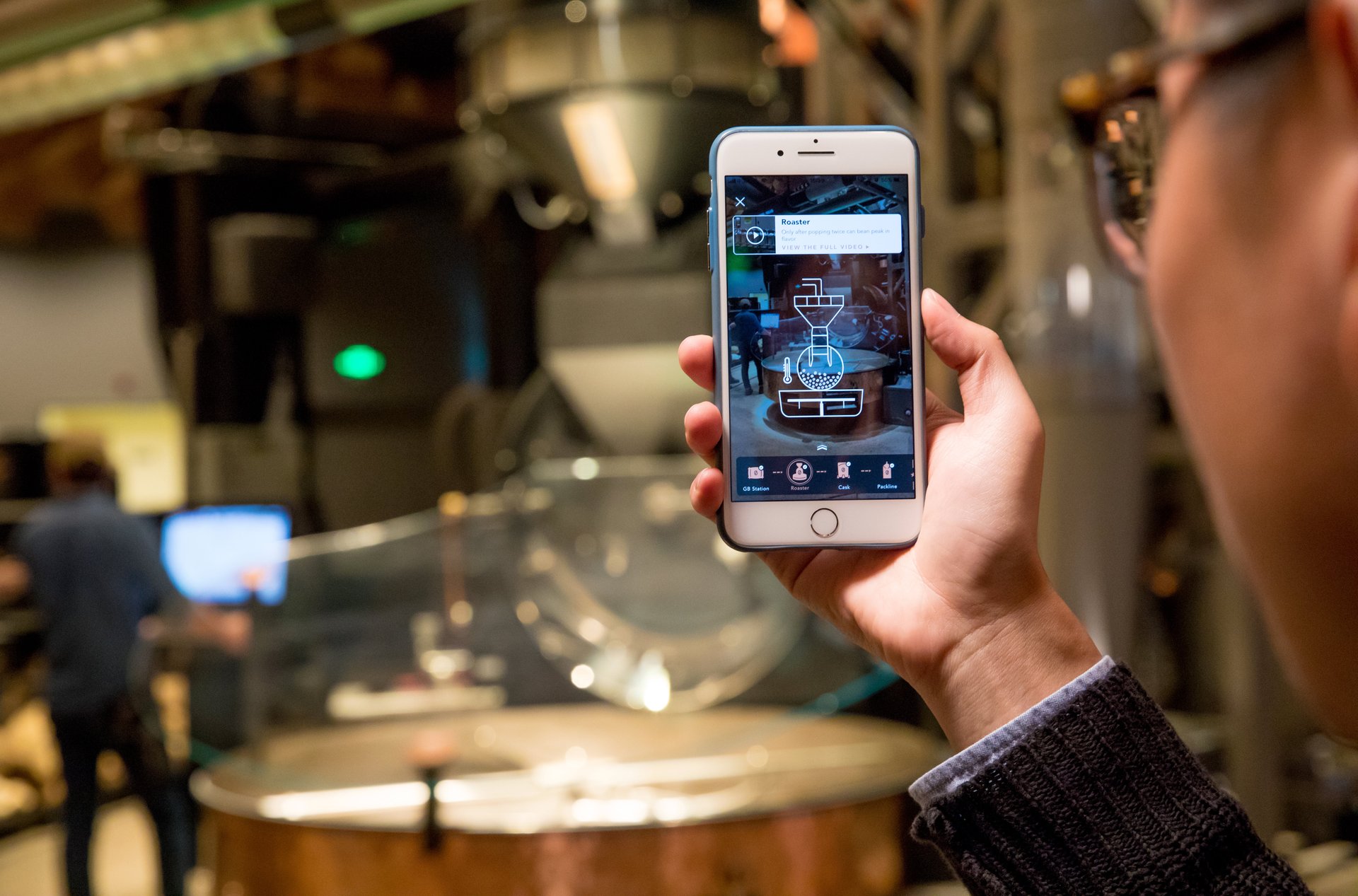Facebook Stories could be key to the company’s entire future
Augmented reality doesn’t work right now. No matter what Facebook CEO Mark Zuckerberg or Snap CEO Evan Spiegel say, peering through a handheld smartphone is annoying and limited in scope. Yes, Pokémon Go was huge and many saw it as a breakthrough for AR, but nostalgia was a significant factor in its success.


Augmented reality doesn’t work right now. No matter what Facebook CEO Mark Zuckerberg or Snap CEO Evan Spiegel say, peering through a handheld smartphone is annoying and limited in scope. Yes, Pokémon Go was huge and many saw it as a breakthrough for AR, but nostalgia was a significant factor in its success.
But none of that has stopped Facebook from forging ahead. That’s because the smartphone’s ability to display augmented realities has made it a perfect testbed for Facebook to build up its technology ahead of the computing platform it believes will make the idea worthwhile: AR headsets. If augmented reality is the main course for Facebook—your digital life overlaid on your real one—then smartphone AR is the bread and butter served before the meal. As a part of that preparation for real AR, Facebook is launching a new set of tools today (May 1) for marketers to create AR ads that are tagged to real locations; look at a plain wall through your phone’s camera, and a giant ad for Coca-Cola pops up (which we’re sure you’ll just love).
Facebook’s longing gaze at a future ruled by AR headsets is no secret: Zuckerberg has spoken repeatedly about how the future of computing is worn on the face, whether that’s through virtual or augmented reality, and the company’s acquisition of Oculus and shrinking of its technology to be more mobile heralds the coming wave of smaller, more practical AR. Besides being the sci-fi holy grail of Silicon Valley acolytes, augmented reality is an infinite landscape to sell advertising. Every surface potentially becomes a billboard, every real world item takes on a second life as a marketing prop.
Today’s new augmented reality tools give a small, rectangular glimpse into Facebook’s future, where instead of monetizing the space in between users’ life events and cat pictures, the company monetizes the world around you.
For this to work, Facebook first has to bridge the gap between those two worlds, which is why Stories have become so important to the company’s various properties, like Instagram, Messenger, and WhatsApp. Stories are an opportunity for Facebook to become the middleman for your reality—by altering how you’re shown the world through Facebook’s camera—and inject itself into the way you portray your world to friends and family. And once Facebook is there, advertisers are too. You might pull up your camera to take a picture of your friend next to Rockefeller Center, and see that 1-800-Flowers is advertising with digital bouquets of roses scattered on the ground.
While Facebook might be able to sell AR ads to marketers, there’s little proof that it’s sustainably fun or useful—even Pokemon Go sputtered from 45 million to 5 million users after a year. The only comparable service that Facebook has made is Facebook Spaces, which is a disappointing reach at Zuckerberg’s goal to make alternate digital realities fun and inviting.
Facebook will be rolling out these tools to developers today, with other important tools like advertiser metrics coming soon. Unless you walk around with Facebook’s camera open or see a sign to prompt a Facebook AR experience, it’s unlikely you’ll see these ads soon. But relish a world with only physical ads—because if Facebook gets its way, it’s only a matter of time before ads are virtually everywhere.